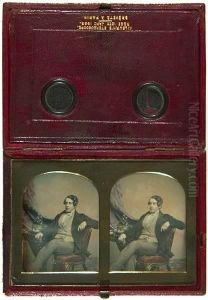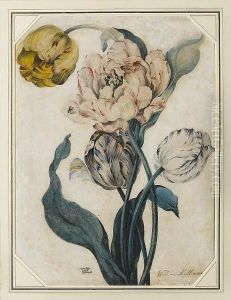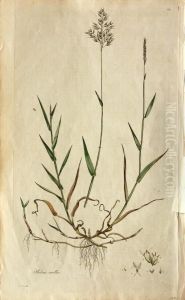William Edward Kilburn Paintings
William Edward Kilburn was an English photographer who is best known for his early work in daguerreotypes, a form of early photography. Born on April 28, 1818, in London, England, Kilburn began his career as an artist in the medium of watercolor before transitioning to photography. He became a prominent photographer during the Victorian era and gained significant recognition for his portraits.
Kilburn opened his own daguerreotype studio in Regent Street, London, in the 1840s, at a time when the medium was still in its infancy. His studio became one of the most successful in London, attracting a high-class clientele. In 1846, Kilburn made history by taking a daguerreotype of the first ever Chartist demonstration in Kennington Park. This image is considered to be one of the earliest examples of photojournalism.
One of Kilburn's most notable achievements was his series of portraits of Queen Victoria and the royal family, which he began in 1846 after being presented to the Queen. He was appointed as a 'Miniature Painter in Water Colours and Photographer to Her Majesty' and enjoyed royal patronage throughout his career. His photographs of Queen Victoria helped to shape her public image and were widely distributed, both in Britain and abroad.
Kilburn was also an innovator in the field of stereoscopic photography, which created the illusion of a three-dimensional image and was a popular form of entertainment in Victorian times. He exhibited his work at the Great Exhibition of 1851 and continued to be involved in the photographic industry throughout his life.
Despite his success, the later part of Kilburn's career was marked by financial difficulties, in part due to the rapid changes in photographic technology and the increasing competition. He eventually declared bankruptcy in 1860. William Edward Kilburn passed away on January 29, 1891, in London. His legacy includes a collection of historically significant photographs that offer a glimpse into the Victorian era and the early development of the photographic medium.


